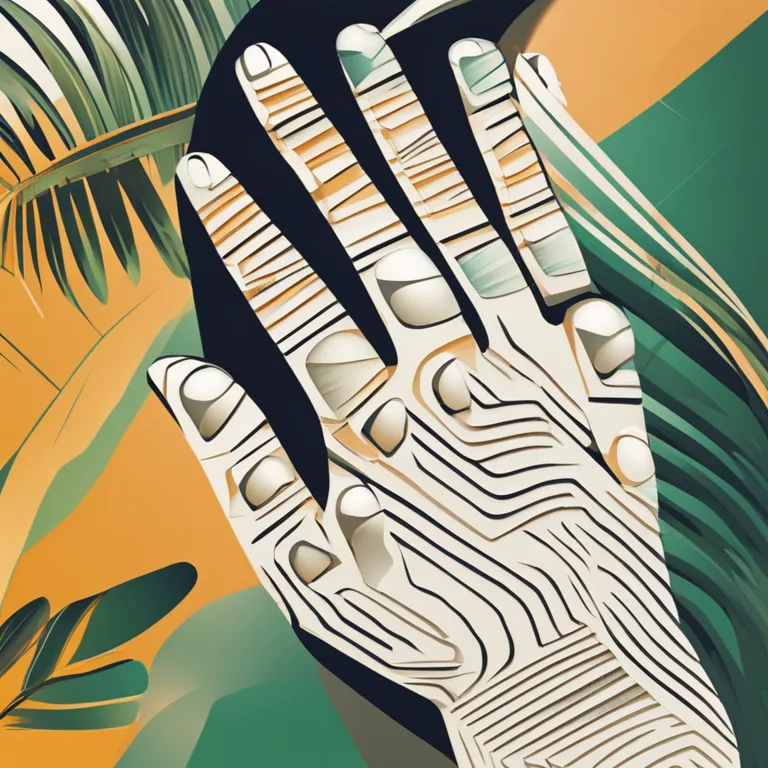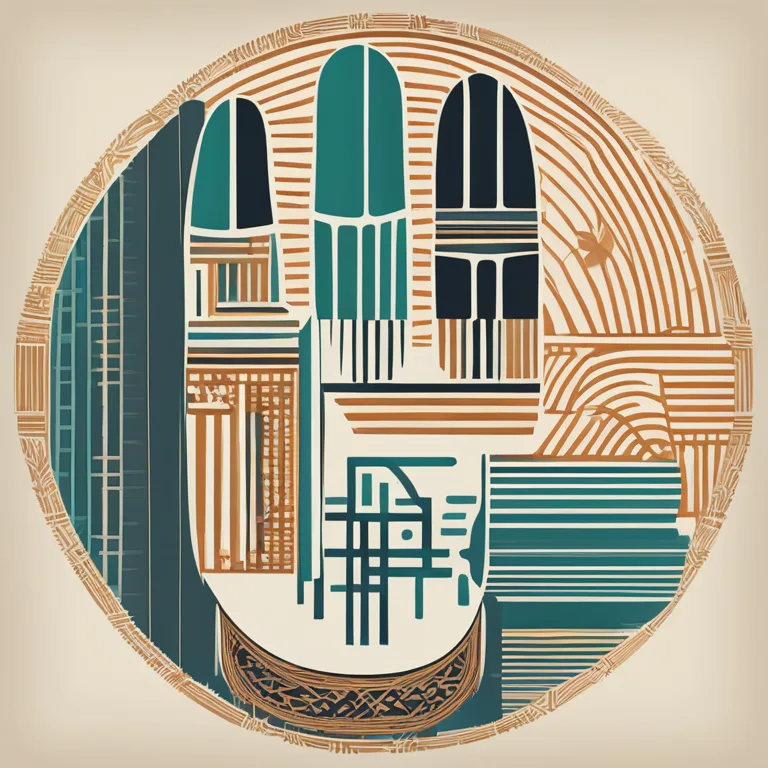
The Origins of Palm Lines: A Scientific Overview
Discover the science behind the formation of palm lines and their significance in palmistry practices.
article by Nora Pennington
The Science Behind Palm Lines
For centuries, palmistry has intrigued individuals across cultures, each line in the hand believed to hold secrets to one's fate and personality. But what are the genuine causes of palm lines? Palm lines, or palmar flexion creases, form in the womb around the 12th week of gestation. These lines are primarily structural, serving the purpose of enhancing the hand's grip and providing flexibility. They are necessary for the complex movement the human hand is capable of, from grasping objects to forming intricate gestures. As we continue to navigate our lives, these lines deepen and multiply in response to physical movement and genetic factors.

Genetics and Palm Lines
Genetics play a pivotal role in the initial formation of palm lines. The intricacies of these creases are largely hereditary, running in families and varying across different ethnic groups. Studies have found that certain genetic mutations can result in the absence of particular lines or create distinctive patterns, such as a single transverse crease known medically as a simian line. However, genetics is just the starting point, and environmental factors alongside personal growth further shape and define palm lines over time.

Environmental Influences on Palmistry
With the role of genetics established, it's essential to note that environment also impacts how palm lines develop. Regular hand movements and activities can affect the prominence and depth of the lines. For instance, manual laborers may develop more pronounced creases due to repetitive tasks. Additionally, certain medical conditions and injuries can alter the appearance of palm lines, adding unique markers on an individual's hand that may carry personal history or signify health-related narratives.
Palmistry and Modern Interpretation
While scientific explanations ground palm lines in physical realities, palmistry provides a more mystical interpretation. Modern palm readers blend traditional techniques with contemporary psychology and intuition to read these lines for insights into character traits, life choices, and potential paths. Despite the absence of empirical support for these interpretations, many find comfort and guidance in the ancient practice, which continues to evolve with each generation.
Technological Advances and Palm Analysis
As we look to the future, digital imaging and biometric technologies are refining our understanding of palm lines. With advanced scanners and software algorithms, scientists and researchers can now analyze hand creases with greater precision to study patterns and correlations. These technological tools aid in medical diagnostics and enhance security systems through fingerprint and palm recognition. The demystification of palm lines through technology does not diminish their cultural significance but offers an augmented perspective on how we perceive hand patterns.
The Interplay of Fate and Free Will
In essence, palm lines arise from a combination of genetic inheritance and the body's developmental responses to a variety of factors. While the science underpinning palm line formation does not support the deterministic interpretations made by some palm readers, it reveals a fascinating interplay between nature and nurture. Whether through the lens of physical anatomy or the mystic scrolls of palmistry, palm lines continue to captivate the human imagination, symbolizing the delicate dance between fate and free will.
Published: 1/5/2024
Modified: 1/5/2024
More predictions
Come back here soon to learn more about yourself and your future


The Sun Line in Palmistry: A Ray of Personal Brilliance
Discover the significance of the Sun Line in palmistry and how it reflects your potential for prosperity, creativity, and fame in this insightful article.


The Essence of Palmistry: A Guide to Hand Analysis
Delve into the world of palmistry, the ancient practice of interpreting palms to reveal personal insights and future paths.


Hand Reading: The Essence of Palmistry
Delve into the basics of palmistry, the ancient art of hand reading, and learn how it aims to reveal personality traits and life paths.